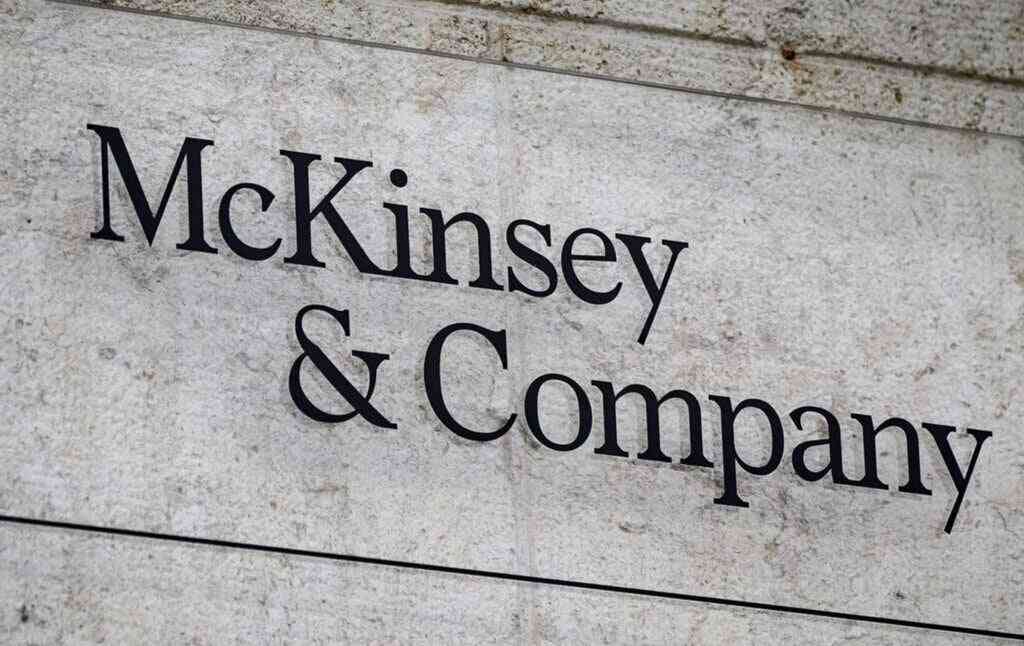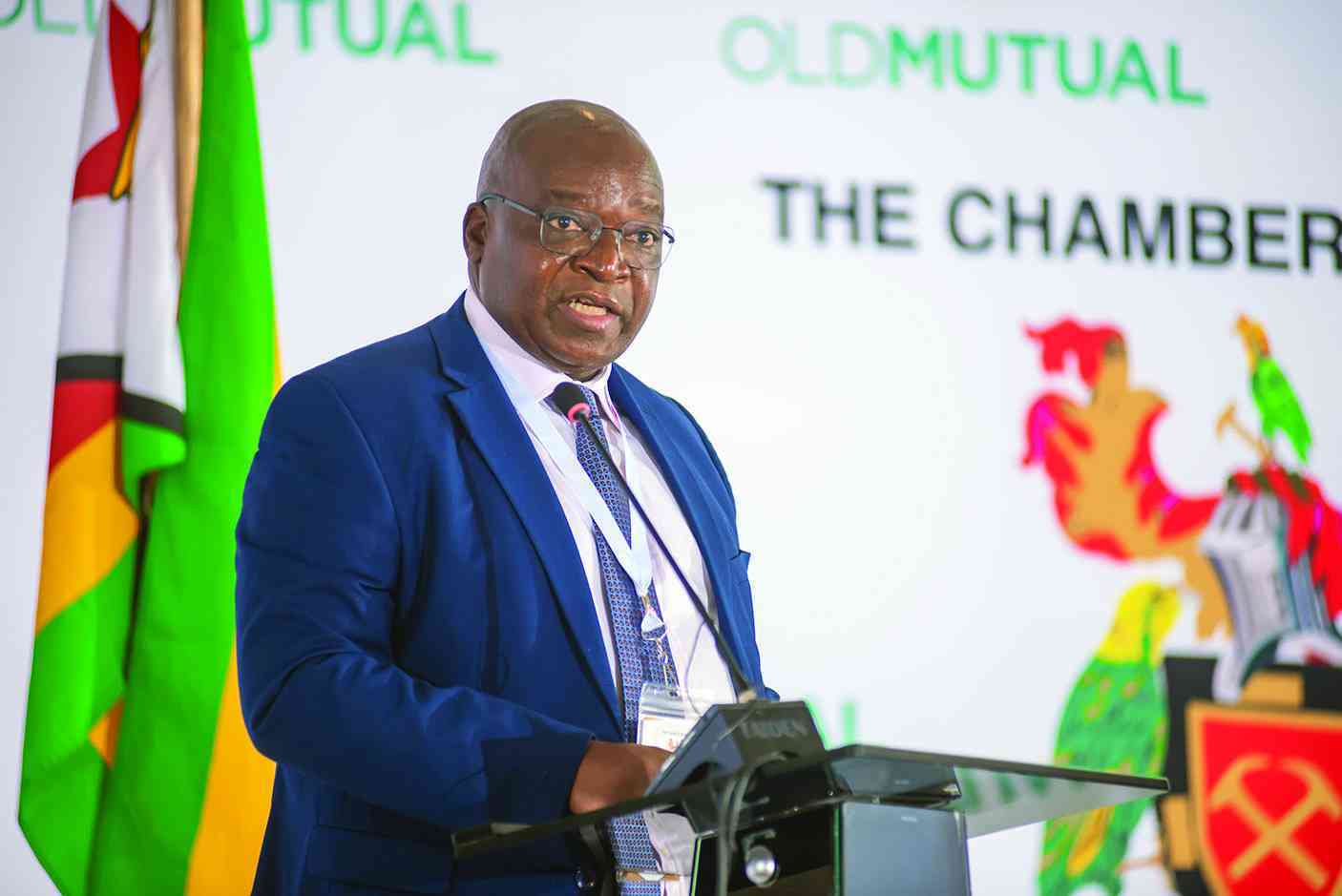
MCKINSEY & Company is a well-known consulting firm that helps organisations overcome challenges in their business operations.
Having been established for a long time, they have gained a reputation for their insightful thinking and problem-solving skills.
The consulting firm McKinsey employs experts from around the world in various fields. They advise businesses on how to develop and achieve success.
Additionally, McKinsey conducts research and publishes articles on business topics.
One of their most renowned concepts is the 7-S Framework, which is designed to help organisations understand the interrelationships among the different elements of their operations.
This is a highly competitive framework for the Pan-African entrepreneurial crop to appreciate and experiment in better positioning their entrepreneurial efforts towards a global player in solving human problems profitably.
The 7-S Framework is a model that was established by McKinsey & Company. It is a model that identifies seven linked elements that are vital for the effectiveness of an organisation.
Shared values: Shared values are the core ideas and goals that go beyond the formal aims of the corporation.
- Allied Timbers pumps US$7m into operations
- REITs as an alternative financing option
- Piggy’s Trading & Investing Tips: Cropping insurance as a tool for food security
- Piggy’s Trading & Investing Tips: Advising versus selling
Keep Reading
They are shaped by the ideals of the organisation's leaders, the demands of the market, and the activities of competitors. These values embody the organisation's mission. In the context of the organisation, shared values serve as the fundamental principles around which the organisation is built.
The term "strategy" refers to the long-term plan an organisation decides to implement after conducting thorough research on its internal and external environments.
Using strategies such as low-cost production, higher quality and service, or technological superiority are examples of approaches that can be employed to improve the company's competitive position.
The ability of companies to effectively adapt to environmental changes is enabled through ongoing strategic planning and management.
Structure: The formal relationships and division of work within an organisation are determined by its structure.
Besides establishing communication channels, it outlines the roles and responsibilities of various positions. Adjustments to the organisational structure are often necessary whenever there is a change in the plan.
For example, a company expanding into multiple product lines might adopt a decentralised product structure instead of a functional one to accommodate growth.
Systems refer to the rules, procedures, and processes established to support the organisational structure.
They encompass both formal and informal norms. Examples of these systems include manufacturing and planning systems, financial systems, training and development programmes, and performance evaluation procedures.
When an organisation's strategy or structure changes, it is often necessary to adjust the management systems accordingly to ensure they align with the new direction.
Style: Every organisation has its own unique way of conducting business.
Both the behaviour of senior managers over time and the manner in which employees report to one another influence the company's style. It is common for employees to mimic their superiors' mannerisms.
The McKinsey model states that style is not only about senior management's actions but also about the organisation's overall culture. While some organisations are helpful and transparent, others can be more hostile and covert.
Different organisational cultures can cause complications when they merge.
Generally, family-run businesses tend to be more innovative and centralised, whereas professionally managed firms are typically more decentralised and organised.
Clear communication, openness, a strong drive, trust in delegation, an emphasis on successes, and support for new ideas are all hallmarks of successful organisations.
Much of the organisation's overall success can be attributed to these traits.
The act of selecting individuals for specific positions within an organisation and enhancing their competence for effective performance is called staffing.
Staffing also refers to the hiring process. According to Waterman, it relates to how businesses integrate newly hired employees into their operations and manage their career development.
A study by McKinsey found that successful organisations emphasise the importance of developing young employees into future leaders.
To foster a sense of confidence among their staff that they are vital to the business’s success, these high-performing organisations highly value their human resources and manage them effectively.
By providing opportunities for career advancement, personal growth, and self-actualisation, they can attract, develop, and retain top talent throughout their organisation.
Having specific qualities or skills that contribute to their success is a characteristic of high-performing organisations.
As an example, the engineering expertise of Tata Engineering and Locomotive Company and Larsen & Toubro is well-known, while the marketing expertise of Hindustan Unilever is widely recognised.
One of the most critical factors that determines an organisation's accomplishments is the dominant abilities or unique competencies it employs.
However, skills alone are not sufficient to guarantee success. What truly matters is whether the company can effectively identify and utilise these skills to achieve its objectives.
Until then, think, eat, sleep, and dream about branding!










